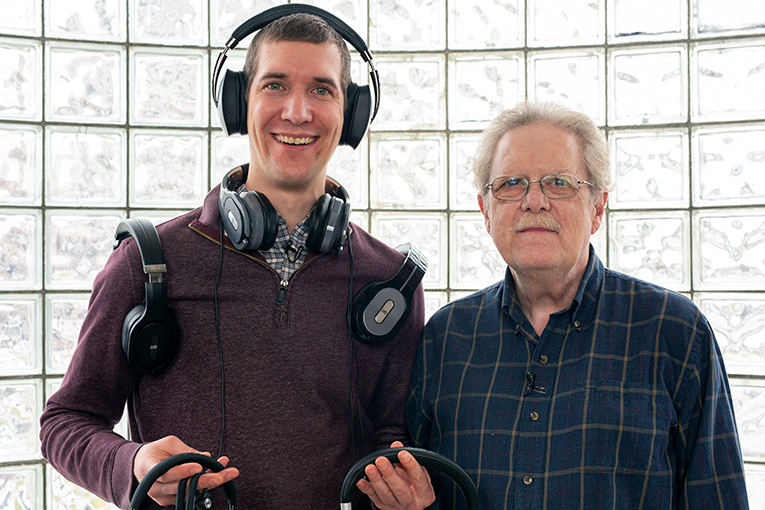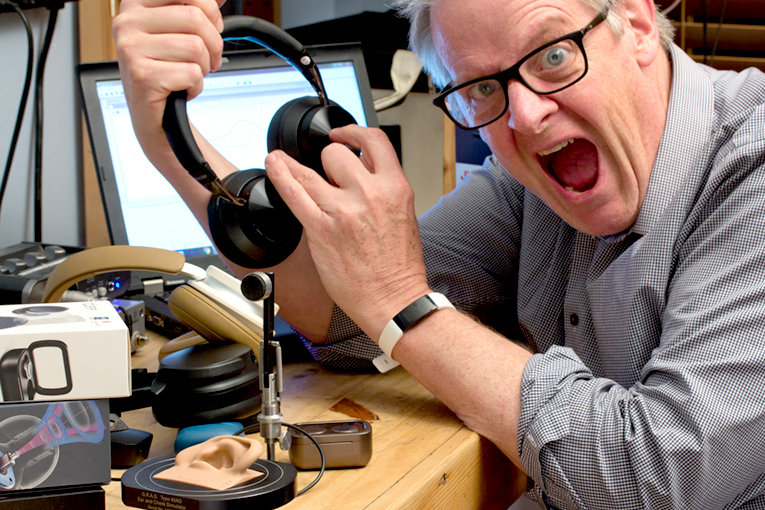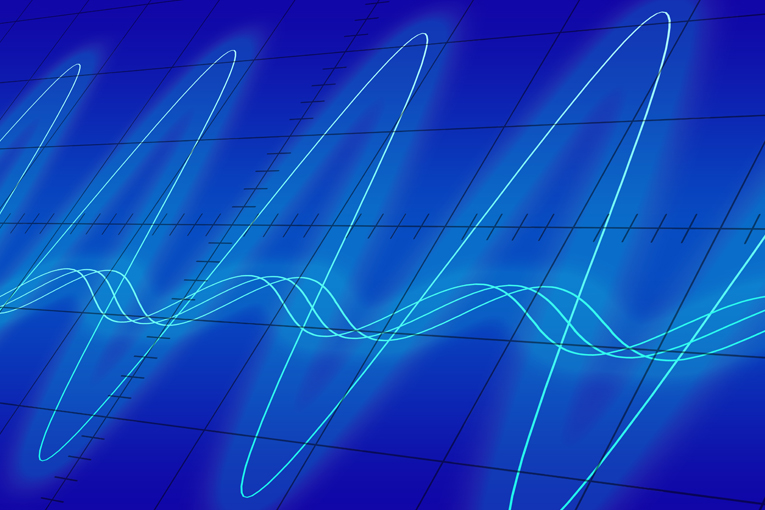Features

- Details
- Written by: Brent Butterworth
Through the last several years, much discussion of headphone voicing -- how their designers tune the relative levels of the different audiobands to achieve their desired sound -- has centered around the Harman curve, the “target curve” shown to be preferred by most listeners. While the Harman curve is backed by the most extensive research ever done into headphone voicing, it’s still a long way from being a universally accepted standard, even among Harman’s own headphone brands. So we thought we’d ask some of today’s leading designers how they voice their headphones -- i.e., what their target curve is, how they arrived at that curve, and any other thoughts they might have on the subject.
Read more: Voicing Headphones, Part 1: PSB/NAD's Paul Barton and Dan Clark Audio's Dan Clark

- Details
- Written by: Brent Butterworth
Fresh into a new year and a new decade, worn out from trips to the 2020 Las Vegas International CES and the 2020 NAMM Show in Anaheim, California, I write this column filled with anticipation . . . and dread. Anticipation because I’m excited to see what new headphone innovations will appear this year and into the 2020s. Dread because I’m wondering how I’m going to test them.
Read more: How Will Headphone Testing and Reviewing Change in the 2020s?

- Details
- Written by: Brent Butterworth
Of the more than 100 new audio products that pass through my home every year, few stay longer than a couple of months. But after I tested a sample of the AKG K371 headphones borrowed from another reviewer, I immediately ordered a set from Amazon. Not only do they sound great; they’re a superb reference for any reviewer or headphone enthusiast. More than probably any other headphones available today, they tell us what sound most listeners like. The K371s’ response closely matches the Harman curve, developed by running hundreds of headphones past hundreds of listeners in blind tests to find out what kind of sound most listeners prefer.
Read more: What the AKG K371 Headphones Tell Us About "Slow Listening"

- Details
- Written by: Brent Butterworth
It’s hard for me to believe it’s been seven years since researchers from Harman International presented the landmark paper “The Relationship between Perception and Measurement of Headphone Sound Quality” at the 2012 Audio Engineering Society Convention in San Francisco -- the first paper in which the company presented what became known as the “Harman curve,” the target frequency response that average listeners would like best. When I first read that paper, I assumed it would quickly revolutionize the headphone business. As a headphone reviewer, I knew that the various headphones and earphones then on the market often exhibited wildly different sounds -- even among different models in a company’s line -- which indicated that knowledge was lacking or simply being ignored.

- Details
- Written by: Brent Butterworth
Over the last year or so, I’ve had a chance to do something I don’t think any reviewer has done before: listen to and measure a whole bunch of headphone amps. I went into this process with a lot of curiosity and few preconceptions. I knew that from a theoretical standpoint, headphone amps can make a bigger difference in what you hear than speaker amps do. I wasn’t sure, though, how big that difference would be, or how much I’d care about it. But after a year of listening and technical explorations, I’ve come to some interesting conclusions.
Read more: Why Headphone Amps Are More Interesting Than Speaker Amps

- Details
- Written by: Brent Butterworth
I think I saw the future of headphone technology at the recent 2019 Audio Engineering Society International Conference on Headphone Technology, held in San Francisco from August 27 to 29. My vision came during a presentation by Ramani Duraiswami, a professor at the University of Maryland and also president and founder of VisiSonics, a company dedicated to 3D audio reproduction, mostly for gaming applications. Duraiswami’s presentation didn’t awaken me to any concepts I hadn’t heard of before -- but it did give me the faith that the processing needed to make headphones sound as good and natural as a high-quality set of stereo (or surround) speakers is within our grasp.
- Noise Canceling Is Much More Complicated Than We Thought
- How Does Aging Affect Audio Perception?
- Noise-Canceling Headphones for 17 Cents?
- Is Chesky Dumping Binaural?
- Why My Fi Ain't Hi-Fi
- Latency: A New Concern for Audiophiles?
- How to Read Our Headphone Measurements
- Eardrum Suck: The Mystery Solved!
- Should Audio Gear be Considered Luxury Goods?
- Headphone Equalization Using Measurements
- Why Is It So Hard to Rate Headphones?
- Five Things Headphone Enthusiasts Get Right (and That the Two-Channel Guys Get Wrong)
- The Best Possible Way to Test Audio Products (and Why Most People Don't Do It)
- Will aptX Adaptive Improve Headphone Sound?
- Is the miniDSP EARS the Death of Headphone Measurement? Or its Savior?
- What Are Measurements Good For?
- How Much Noise Do Your Headphones Really Block?
- Why We're Launching "SoundStage! Solo"
SoundStage! Solo is part of
All contents available on this website are copyrighted by SoundStage!® and Schneider Publishing Inc., unless otherwise noted. All rights reserved.
This site was designed by Karen Fanas and the SoundStage! team.
To contact us, please e-mail info@soundstagenetwork.com





